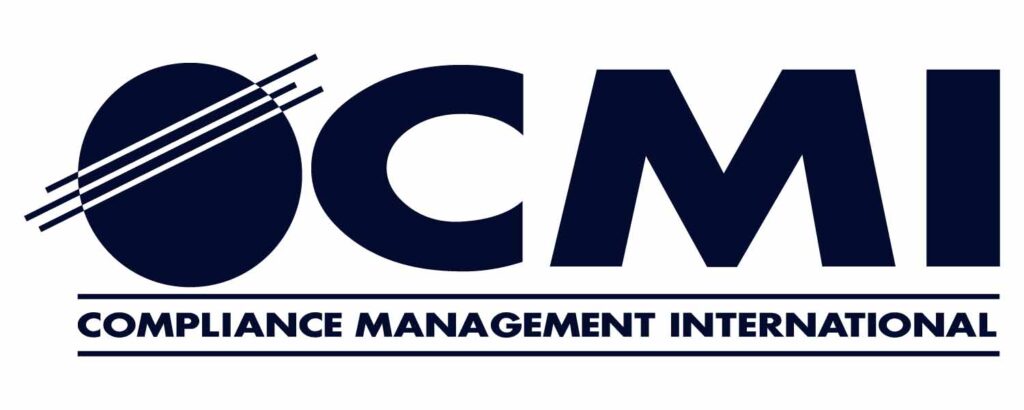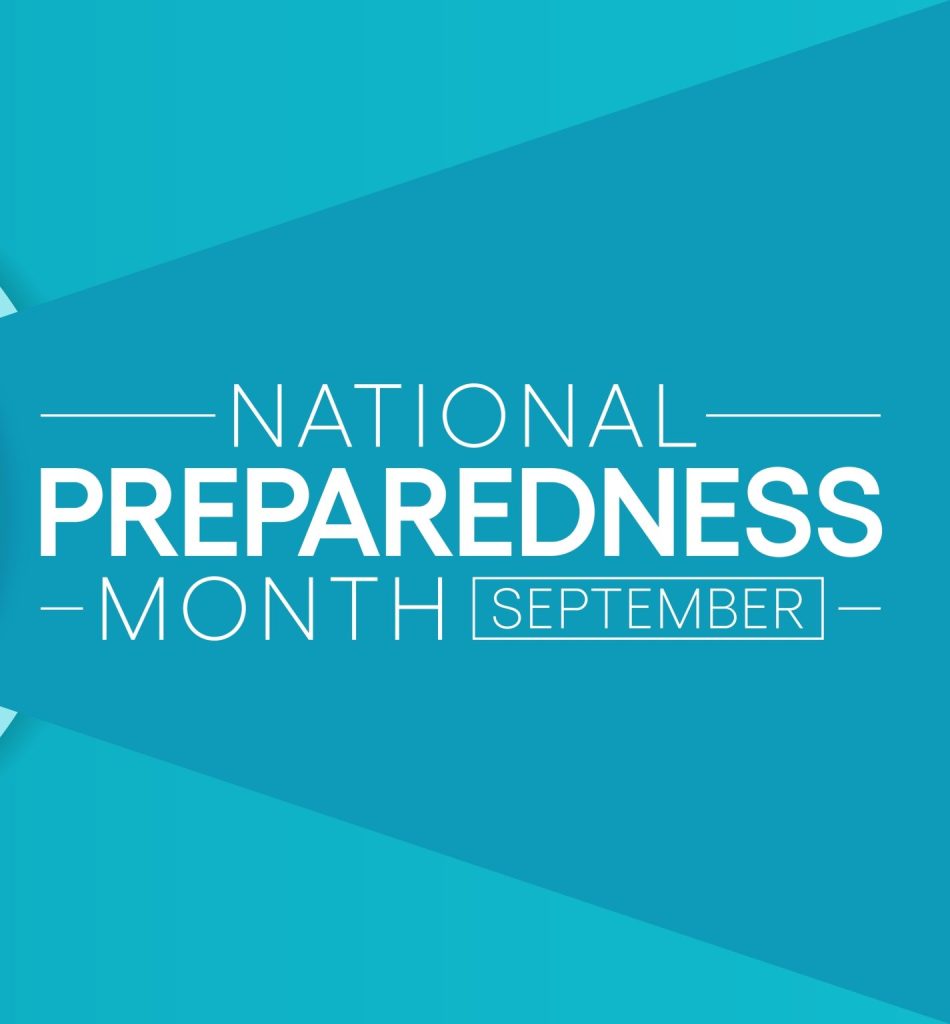In any organization that handles materials (whether manufacturing, construction, labs, or even office environments) waste management is more than just taking out the trash. Improper waste handling can lead to environmental harm, regulatory penalties, or workplace safety issues. A truly smart waste strategy starts with understanding and complying with one of the most important environmental regulations in the U.S.: the Resource Conservation and Recovery Act (RCRA).
What Is RCRA?
The Resource Conservation and Recovery Act (RCRA), passed in 1976 as an amendment to the Solid Waste Disposal Act, gives the Environmental Protection Agency (EPA) the authority to regulate the generation, transportation, treatment, storage, and disposal of hazardous and non-hazardous solid waste.
Its primary goals are:
- To protect human health and the environment
- To conserve energy and natural resources
- To reduce waste
- To ensure proper waste disposal
Whether your business produces large quantities of hazardous waste or only a few containers a year, RCRA affects how you classify, store, label, and dispose of waste.
Why RCRA Is Essential for Waste Management
Smart waste strategies go beyond cost-cutting or routine removal—they require compliance, sustainability, and safety. RCRA serves as the framework that helps businesses:
- Avoid fines and liability
- Maintain cleaner, safer facilities
- Ensure worker safety
- Reduce environmental impact
- Track and improve waste processes
Noncompliance with RCRA permit conditions may be subject to significant enforcement action, including financial penalties as outlined in the EPA’s RCRA Civil Penalty Policy and Penalty Matrix, which allows for fines of up to tens of thousands of dollars per day per violation. Compliance with these requirements is not optional—it is a foundational obligation under federal law.
Key Components of a Smart RCRA-Based Waste Strategy
To build a waste strategy aligned with RCRA, start by focusing on these five areas:
1. Identify and Classify Your Waste
To determine if the materials you generate are regulated as hazardous waste under RCRA, you must evaluate them against two key categories:
Listed Wastes -These are wastes specifically identified by the EPA and include:
- F-Listed Wastes: Non-source-specific wastes (e.g., spent solvents).
- K-Listed Wastes: Source-specific wastes from particular industries.
- P- and U-Listed Wastes: Discarded commercial chemical products, including unused or off-spec materials.
Characteristic Wastes – Wastes that exhibit any of the following properties are also considered hazardous:
- Ignitability (e.g., flammable liquids)
- Corrosivity (e.g., strong acids or bases)
- Reactivity (e.g., materials prone to violent chemical reactions)
- Toxicity (based on the Toxicity Characteristic Leaching Procedure, or TCLP)
As part of the evaluation process, refer to applicable EPA hazardous waste codes and consult the Safety Data Sheets (SDS) for each material to identify potential hazardous characteristics and ingredients. Proper classification is essential for ensuring compliance with storage, labeling, and disposal requirements under RCRA.
2. Know Your Generator Status
Your generator status (Very Small Quantity Generator (VSQG), Small Quantity Generator (SQG), or Large Quantity Generator (LQG)) dictates what regulations apply to your operations. Your status depends on how much hazardous waste you generate per month, and each level has different accumulation limits, storage timeframes, and reporting requirements.
See the EPA’s “Hazardous Waste Generator Regulatory Summary Table” at Hazardous Waste Generator Regulatory Summary | US EPA for a summary of the regulatory requirements for each generator category.
3. Label and Store Waste Properly
Containers must be labeled with the words “Hazardous Waste,” include the contents, and have the date of accumulation clearly visible. This is typically achieved using a hazardous waste label in conjunction with a hazard identification label. Hazard identification labels may consist of GHS pictograms, Department of Transportation (DOT) Hazardous Materials Labels, HMIS labels, or National Fire Protection Agency (NFPA) Diamonds. Proper container management also means:
- Keeping containers closed unless actively adding or removing waste
- Storing incompatible wastes separately (ex. storing oxidizers away from flammable materials)
- Using secondary containment for liquids
- Completing weekly inspections of central accumulation areas (SQGs and LQGs only)
4. Document and Report
Smart strategies rely on accurate recordkeeping. This includes:
- Manifests for hazardous waste shipments
- Waste determinations
- Initial and annual training records for employees
- Biennial reports (for LQGs only)
Proper documentation is essential for demonstrating compliance during regulatory inspections and serves as a critical tool for internal audits and continuous improvement. In most cases, hazardous waste generators are required to retain the relevant records on-site for a minimum of three years, in accordance with RCRA recordkeeping requirements.
5. Train Your Team
Employees must know how to identify, handle, and respond to waste-related incidents. RCRA requires generator employees to be trained and familiar with the regulations relevant to their duties.
CMI offers in-person and online live training that hazardous waste generators can use to achieve compliance with the training requirements under RCRA.
Integrating RCRA with Sustainability Goals
RCRA also encourages waste minimization and pollution prevention. A forward-thinking strategy includes:
- Reuse or recycling programs
- Source reduction efforts
- Tracking waste streams to find inefficiencies
By aligning with RCRA’s principles, businesses can reduce costs, support sustainability efforts, and enhance their reputation as responsible operators.
RCRA isn’t just a set of rules—it’s the foundation of a smart, sustainable, and compliant waste strategy. By understanding your responsibilities and taking proactive steps to manage waste effectively, your organization can reduce risk, protect the environment, and operate more efficiently.



